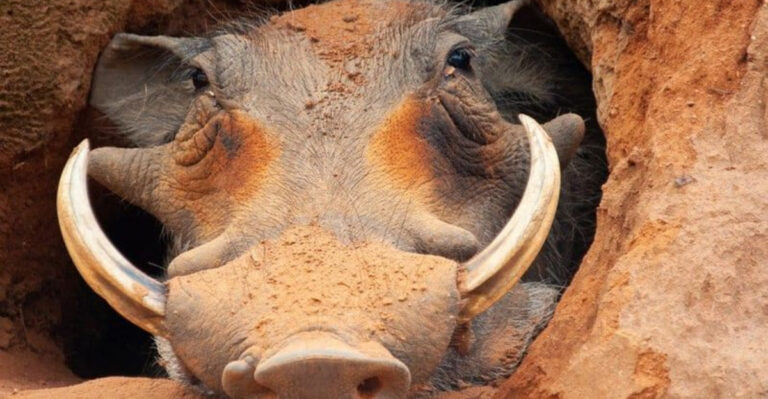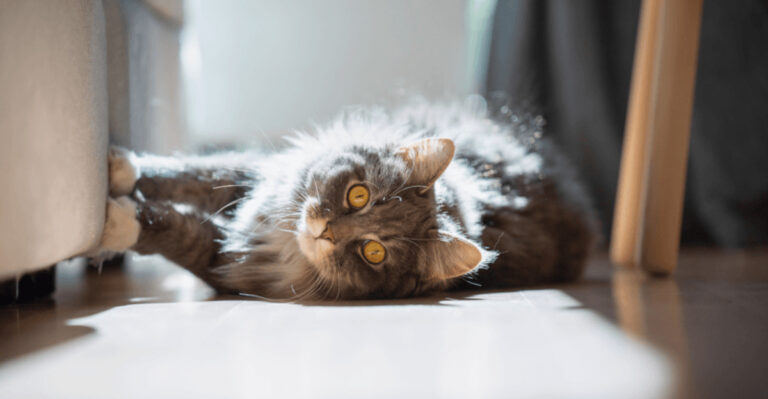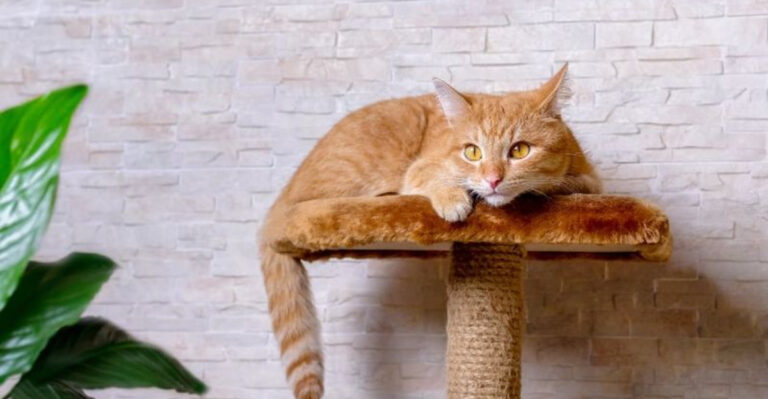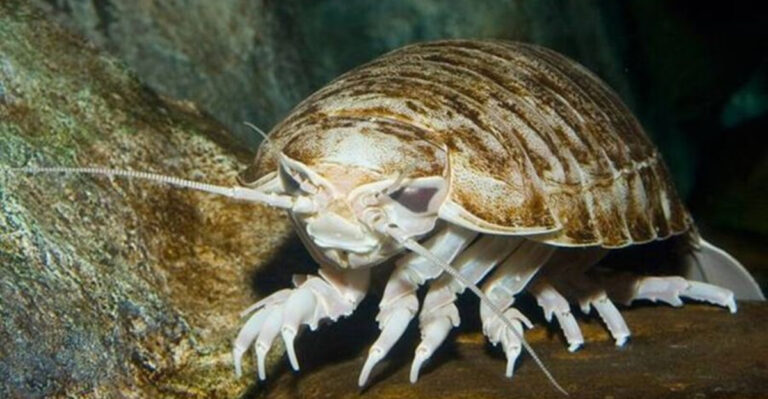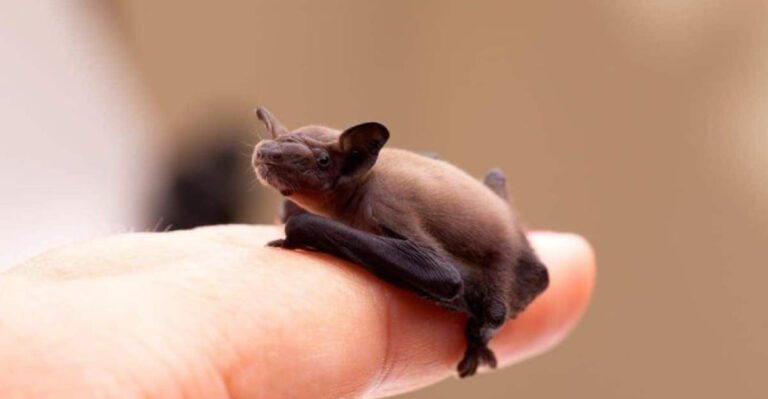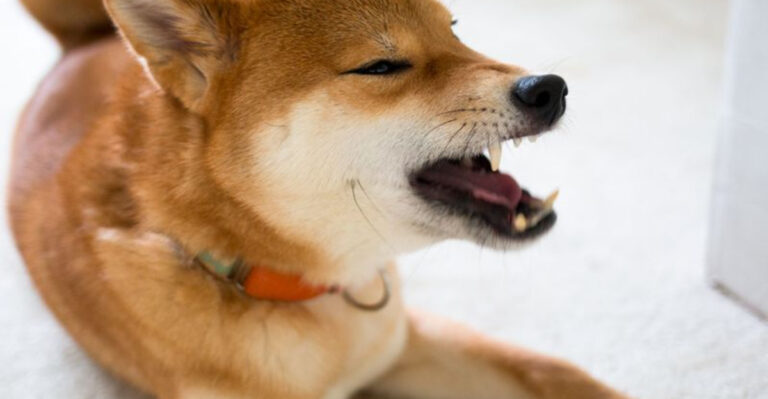8 Dogs I Would Skip As Pets And The 5 That Are Perfect For First-Time Owners
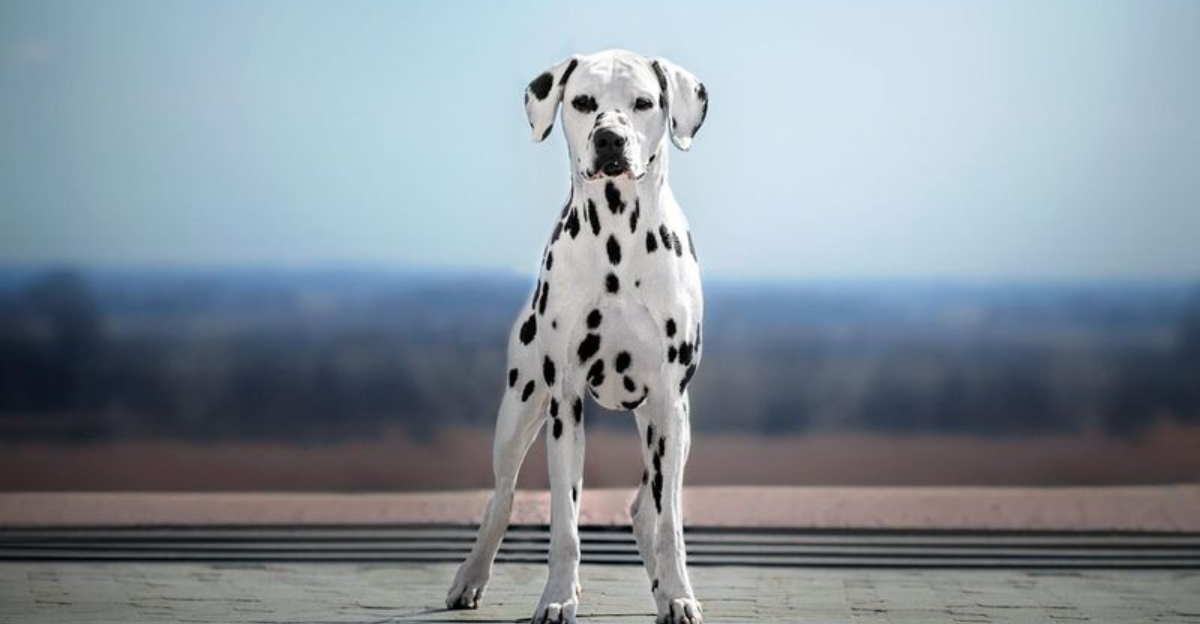
Choosing your first dog can feel like a huge decision – and it is! The right breed can bring years of joy, while the wrong match might lead to frustration for both you and your furry friend.
Not all dogs are created equal when it comes to first-time ownership. Some breeds need experienced handlers, while others naturally fit into novice homes with their easygoing personalities.
1. Border Collie – Too Smart For Their Own Good
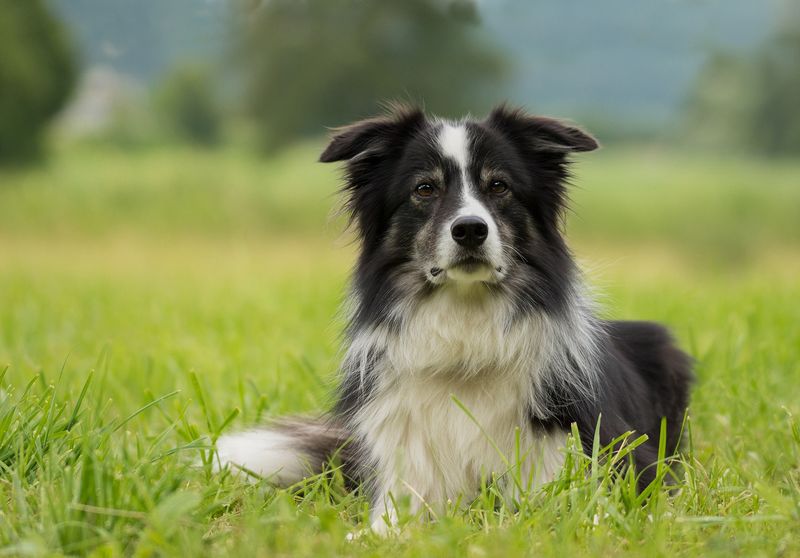
Border Collies possess Einstein-level intelligence wrapped in a furry package. While this sounds amazing, their brainpower requires constant mental stimulation – otherwise, they’ll find their own entertainment (usually involving your furniture).
These working dogs were bred to herd sheep all day, every day. Without a job, they become frustrated and anxious. Many first-timers underestimate just how much activity these dogs need – we’re talking hours of exercise daily, not just a quick walk around the block.
Their herding instinct also means they might nip at children’s heels or chase cars. For most new dog owners, this breed’s intelligence becomes more burden than blessing.
2. Siberian Husky – The Beautiful Escape Artist
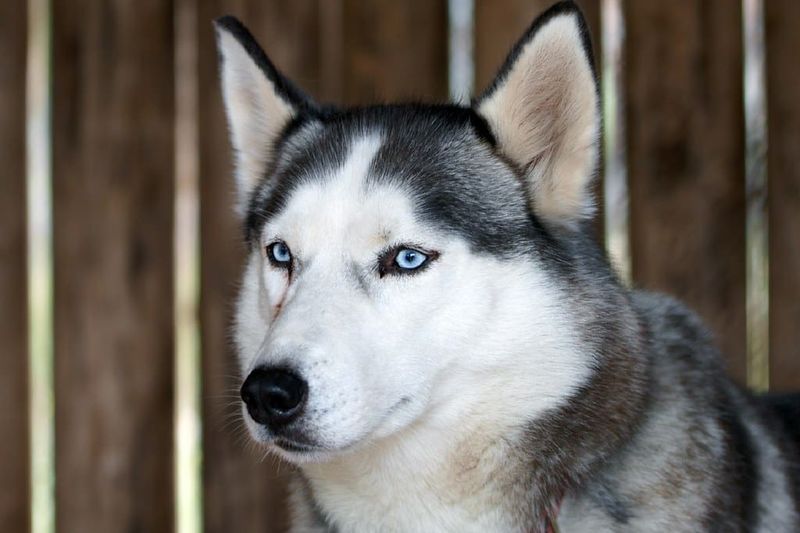
Those striking blue eyes and wolf-like appearance make Huskies Instagram favorites, but behind that gorgeous face lies a stubborn, independent spirit. Huskies were bred to run for miles pulling sleds across frozen tundra – your daily schedule probably doesn’t match their energy needs.
These canine Houdinis can jump fences, dig under barriers, and slip through the tiniest openings. Many rescue organizations are overflowing with surrendered Huskies from owners who couldn’t handle their escape attempts.
Their thick double coat means epic shedding twice yearly (called “blowing coat”) where your home becomes a fur tornado. First-time owners rarely anticipate just how challenging these beautiful dogs can be.
3. Belgian Malinois – The Military-Grade Dog
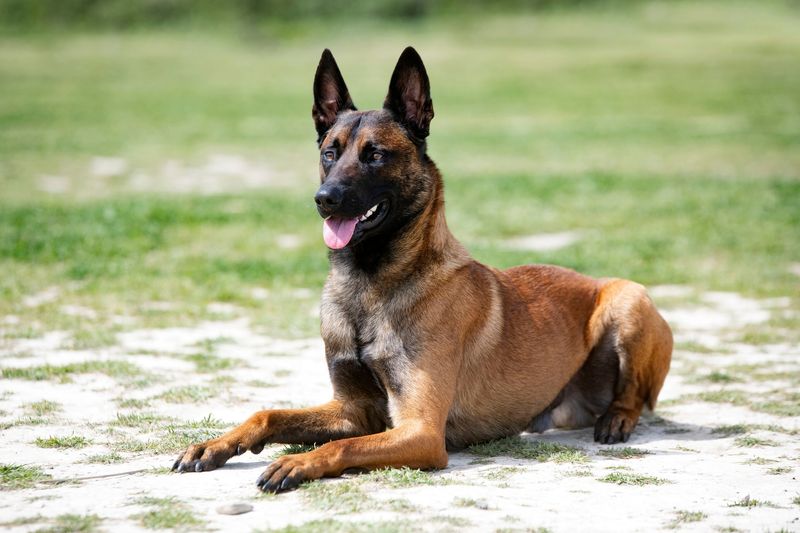
Seeing these athletic dogs working with police or military units might make you want one – resist that urge! Belgian Malinois are working machines with energy levels that make toddlers look lazy. They need a job, structure, and experienced handling.
Without proper training and outlets for their drive, Malinois can develop destructive behaviors that would shock most first-time owners. Think shredded furniture, dug-up yards, and anxiety-driven behaviors that are difficult to correct.
Their intelligence requires mental challenges daily, not just physical exercise. These dogs excel at protection work but can become overly protective without proper socialization. Leave these incredible animals to experienced handlers who understand their unique needs.
4. Akita – The Powerful Guardian With A Mind Of Its Own
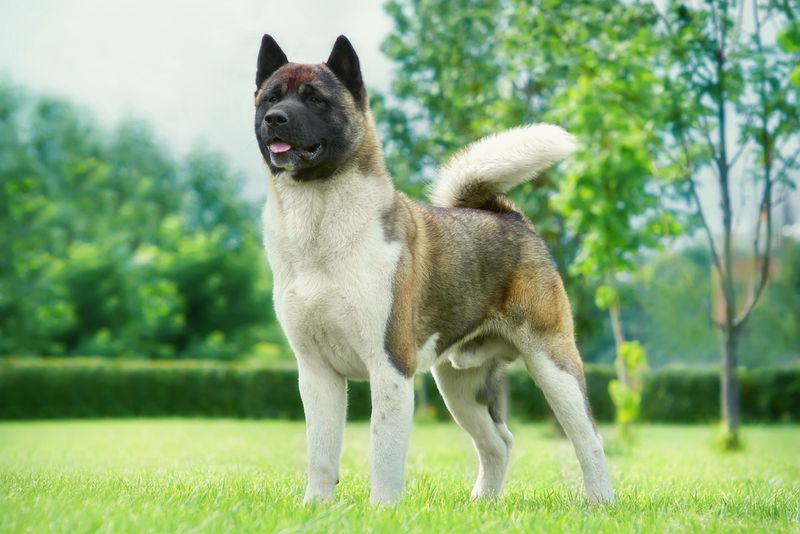
Akitas carry themselves with a regal dignity that’s captivating. Originally bred as hunting and guard dogs in Japan, these powerful pups develop intense loyalty to their families but can be suspicious of strangers and other animals.
Their independent nature makes training challenging – they’re not people-pleasers like some breeds. Akitas think for themselves and may decide your commands are merely suggestions. This stubbornness requires consistent, firm (but never harsh) training from day one.
Their protective instinct means thorough socialization is non-negotiable. Without it, an Akita may become aggressive toward visitors or other dogs. First-time owners rarely have the experience needed to handle these majestic but challenging dogs.
5. Cane Corso – The Gentle Giant That Needs A Firm Hand
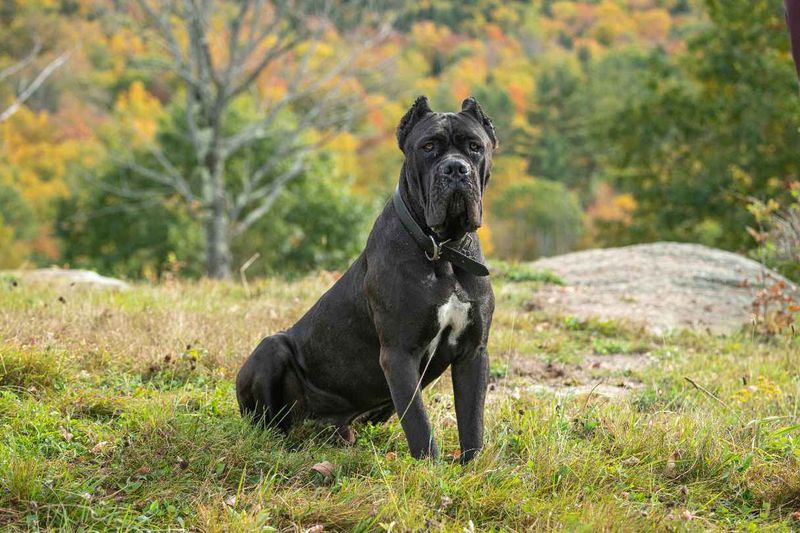
The Cane Corso’s imposing presence can stop traffic – these Italian mastiffs are massive, muscular guardians with a serious demeanor. Despite their intimidating looks, they’re actually quite affectionate with family members and can be wonderful companions.
However, their size alone presents challenges. A young Cane Corso who hasn’t learned proper manners can accidentally knock over children or elderly family members. Their protective nature requires extensive socialization from puppyhood.
These dogs need an owner who can establish clear leadership without harsh methods. Their guardian instincts can become problematic without proper guidance. For first-time owners, the combination of size, strength, and protective nature often proves overwhelming.
6. Chow Chow – The Fluffy Fortress Of Independence
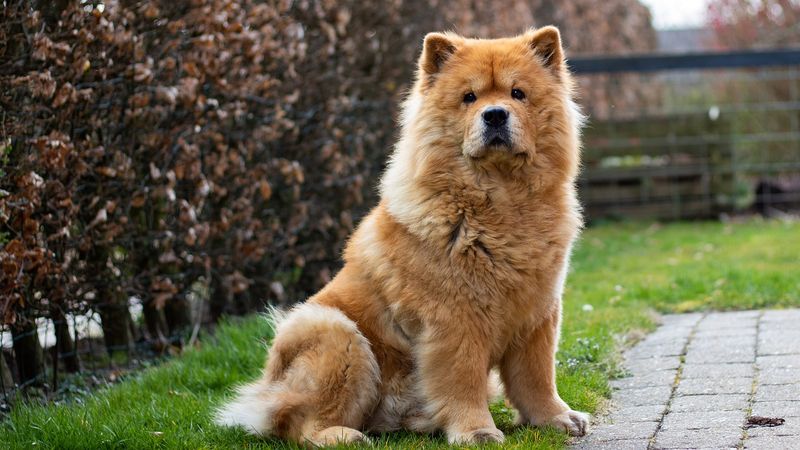
With their lion-like mane and blue-black tongue, Chow Chows look like cuddly teddy bears. Don’t be fooled – beneath that plush exterior lies one of the most independent-minded dogs in existence. Chows typically bond strongly with one person and merely tolerate everyone else.
Unlike many dogs who live to please their humans, Chows have their own agenda. Training requires patience and consistency as they’re not naturally motivated to follow commands. Their aloof nature can be misinterpreted as aggression by those unfamiliar with the breed.
Health concerns include hip dysplasia and eye problems, plus that magnificent coat demands serious grooming commitment. First-time owners often fall for the looks without understanding the stubborn personality that comes with it.
7. Dalmatian – Not Just A Disney Star
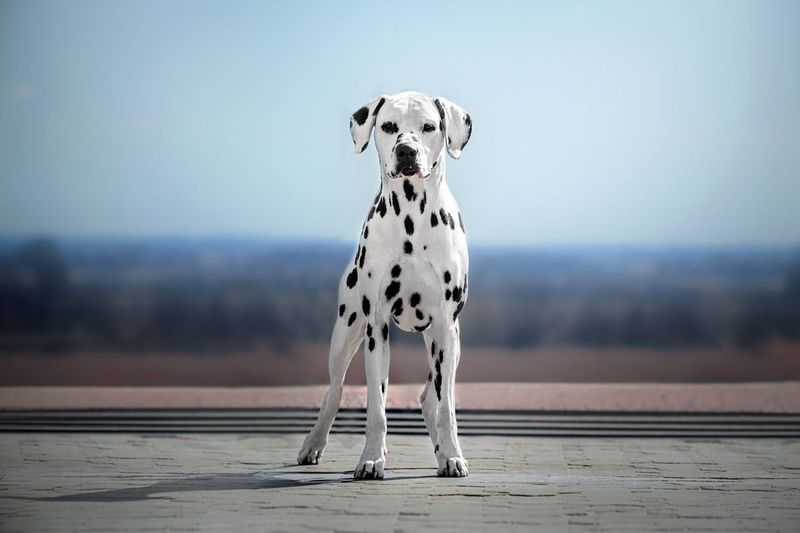
Thanks to “101 Dalmatians,” these spotted dogs enjoy celebrity status. The reality? Dalmatians were bred as carriage dogs, running alongside horse-drawn vehicles for miles. That history translates to modern Dalmatians needing tons of exercise – much more than the average family provides.
Without proper outlets for their energy, they become destructive and difficult to manage. Many Dalmatians end up in shelters after the novelty wears off and the exercise requirements become apparent.
They’re also prone to deafness (about 30% have hearing impairments), which makes training more challenging. Their high energy combined with a stubborn streak creates a perfect storm for inexperienced owners. The spotted coat may be adorable, but the temperament requires commitment beyond what most first-timers expect.
8. Australian Cattle Dog – The Tireless Workaholic
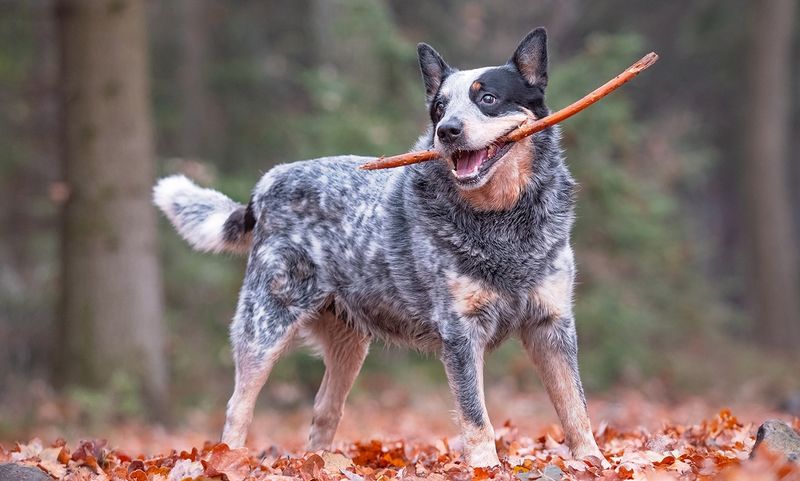
Australian Cattle Dogs (also called Blue or Red Heelers) pack boundless energy into a medium-sized frame. Developed to drive cattle across Australia’s harsh outback, these dogs have stamina that would exhaust an Olympic athlete. Without proper outlets, that energy transforms into destructive behavior.
Their intelligence means they need mental challenges as much as physical exercise. Bored Cattle Dogs can dismantle your home with surgical precision – they’ll find creative ways to entertain themselves if you don’t provide stimulation.
They also tend to nip at heels (hence the name “heeler”) – a herding behavior that can be problematic with children. While incredibly loyal and devoted, their work drive and energy levels make them poor matches for first-time owners looking for a relaxed family pet.
9. Labrador Retriever – The Gold Standard First Dog
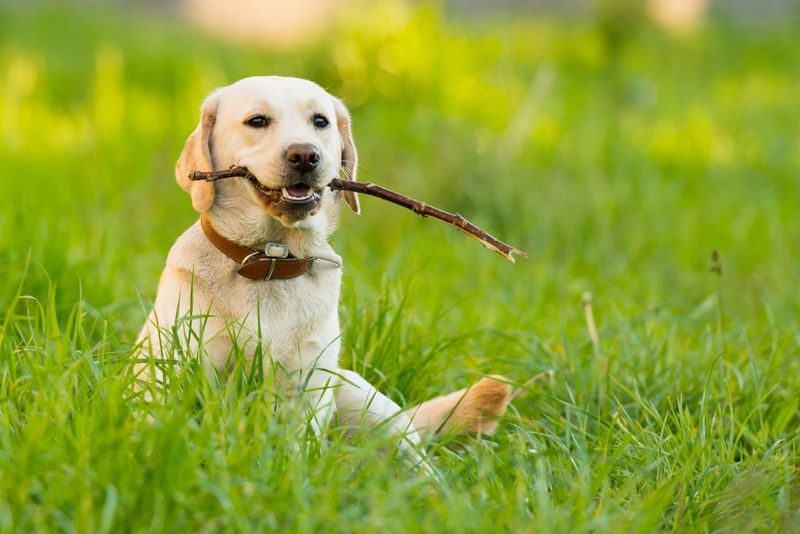
America’s most popular breed holds that title for good reason. Labs combine a friendly, outgoing personality with an eager-to-please attitude that makes training relatively straightforward. Their forgiving nature means they bounce back quickly from training mistakes that new owners inevitably make.
These versatile dogs adapt well to different lifestyles – they’ll join you for a hike or snuggle on the couch with equal enthusiasm. While energetic, they don’t have the extreme exercise requirements of working breeds.
Labs typically get along wonderfully with children and other pets. Their social nature means they’re usually welcoming to visitors rather than suspicious. For first-time owners willing to provide moderate exercise and basic training, Labs offer the perfect balance of fun and manageability.
10. Cavalier King Charles Spaniel – Royal Companion With A Heart Of Gold
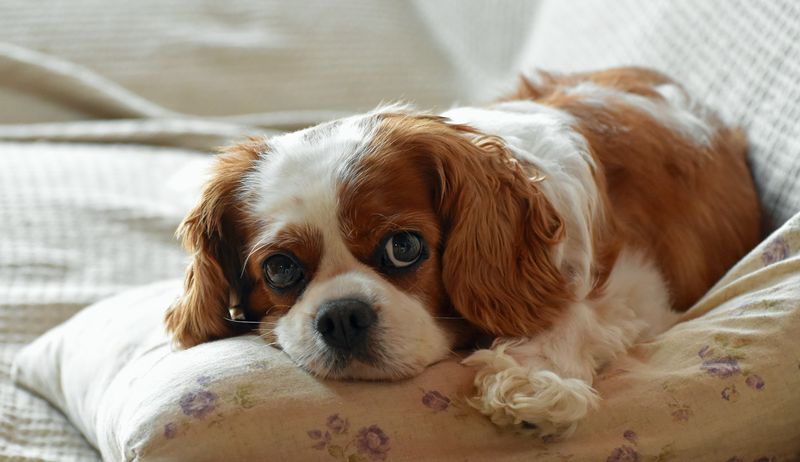
Few dogs match the Cavalier’s combination of gentle temperament and adaptability. These sweet-natured companions thrive on human interaction and adjust their energy level to match yours. Feeling active? They’ll join your walk. Need a quiet day? They excel at cuddling.
Their moderate exercise needs fit well with most lifestyles – a daily walk and some playtime satisfies them completely. Unlike some small breeds, Cavaliers rarely show the yappy, nervous temperament that can frustrate new owners.
Training comes naturally as they genuinely want to please their people. Their friendly disposition extends to strangers, children, and other pets, making them versatile family members. While they do require regular grooming, their temperament makes them worth every brush stroke for first-time dog parents.
11. Greyhound – The Surprising Couch Potato
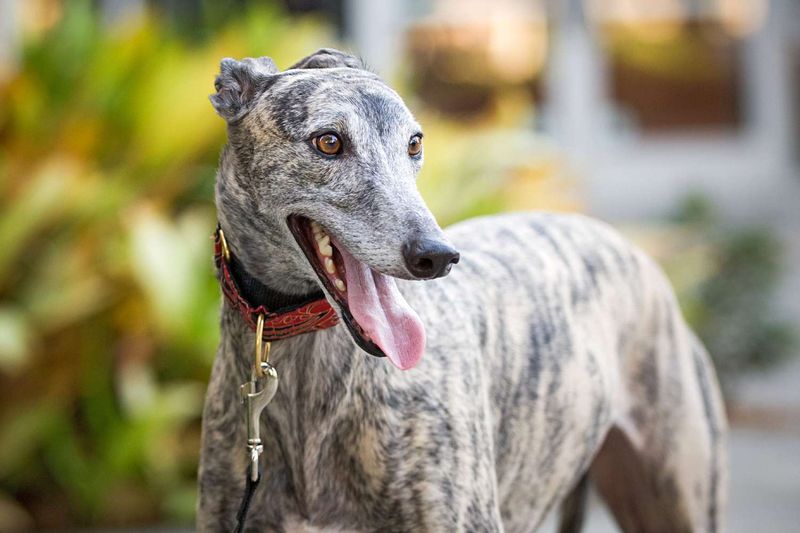
Contrary to what their racing background suggests, adult Greyhounds are actually among the laziest dog breeds. These gentle giants (despite their thin frame) are often called “45-mph couch potatoes” because they sprint for short bursts, then nap for hours.
Many retired racing Greyhounds make perfect first-time dogs because they’re already crate-trained and accustomed to routine. Their calm, quiet nature works well in apartments or homes without yards. Despite their size, they take up surprisingly little space as they curl into tight balls when sleeping.
Greyhounds typically have low prey drive toward humans and larger animals, though some may chase small pets. Their short coat requires minimal grooming, and their sensitive nature responds best to gentle, positive training – perfect for novice owners.
12. Bichon Frise – The Hypoallergenic Happiness Machine
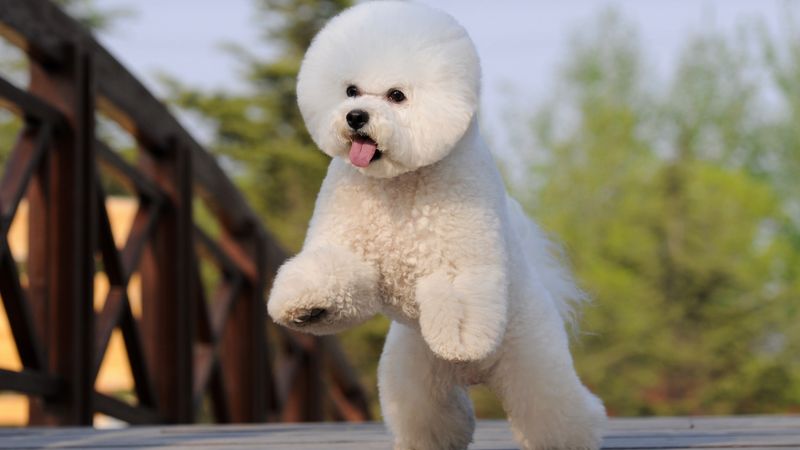
Bichons pack a whole lot of joy into a small, fluffy package. These little white puffballs were bred specifically as companion animals, and it shows in their people-oriented personalities. They genuinely live to make their humans happy.
For first-time owners with allergies, Bichons offer a hypoallergenic option that rarely triggers reactions. Their exercise needs are modest – indoor play sessions and short walks satisfy them completely. This makes them suitable for apartment living or homes without yards.
Their intelligence makes training relatively straightforward, though they can be slightly challenging to housebreak. Bichons rarely show aggression, making them safe choices around children and other pets. While professional grooming is required every 4-6 weeks, their cheerful temperament and adaptability make them worth the maintenance.
13. Golden Retriever – The Sunshine Dog For New Owners
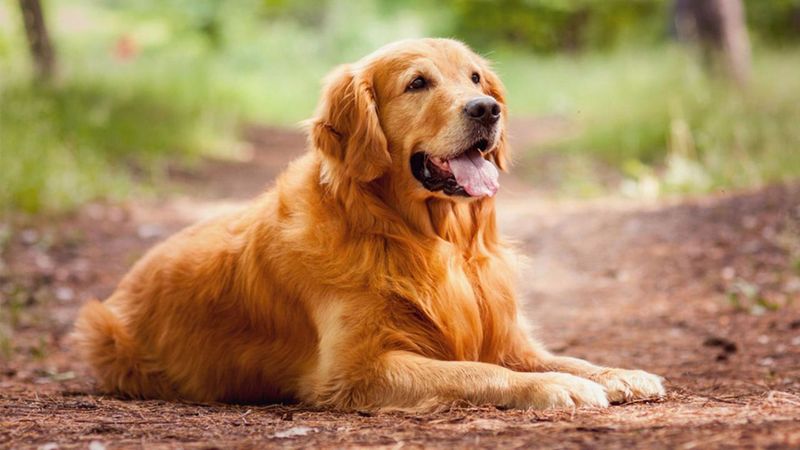
Golden Retrievers embody nearly every quality first-time owners hope for in a dog. Their legendary friendliness means they greet everyone – from toddlers to grandparents – with the same enthusiastic tail wag. This natural sociability makes them easy to introduce to new people and situations.
Training a Golden feels rewarding because they’re both intelligent and eager to please. They forgive novice training mistakes and keep trying until they understand what you want. Their patient nature makes them especially good with children who are also learning how to interact with dogs.
While they do need regular exercise, they’re not as demanding as working breeds. Their moderate energy level fits well with active families. For first-time owners seeking a devoted, trainable companion with a heart of gold, Goldens deliver pure canine joy.

